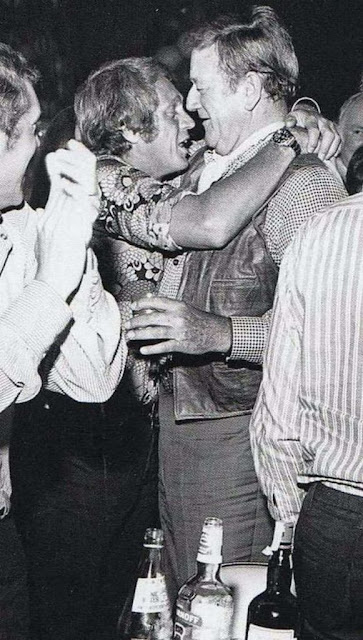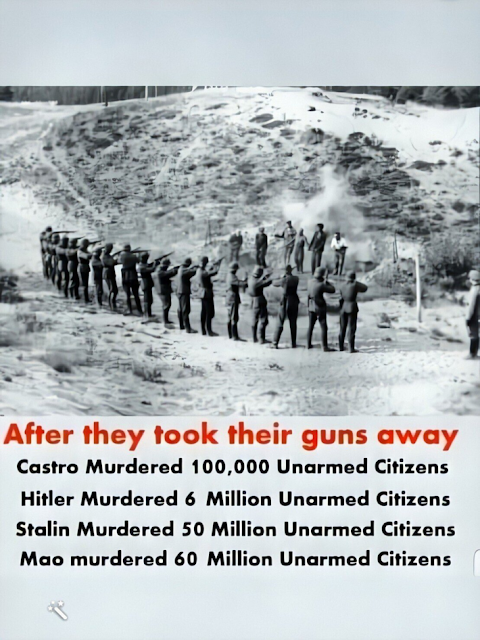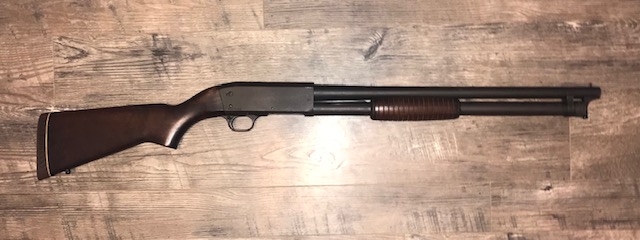Month: July 2021




Those who have followed my writing over the years will, no doubt, remember that I am a self-avowed Smith J-frame addict. For the majority of my law enforcement career, and now in retirement, I am seldom without a J-frame. Since 2003, my daily companion has been the ubiquitous Model 642 that is equipped with the excellent Crimson Trace Model 405 Lasergrips. That being said, more than one friend has encouraged me to take a serious look at Ruger’s little LCR. This assignment was just the nudge I needed.

Background
The LCR, which stands for Lightweight Concealable Revolver, was first introduced in 2009. Ruger departed from a traditionally designed frame. Instead, the LCR consists of an upper frame, that houses the barrel and cylinder, and a lower polymer housing that contains the fire control components. The design allows the LCR to weigh in at 13.2 ounces. This is with the palm-filling Hogue Tamer stocks that come standard. The 1.87” barrel is sleeved inside the alloy upper and the muzzle is nicely crowned.


The five-shot cylinder is made of steel and features uniquely shaped flutes that are attractive and help further reduce the LCR’s weight. The cylinder release, while small, is easily manipulated. Ruger’s patented friction-reducing cam system gives the LCR an exceptionally nice trigger that is, arguably, better than my beloved J-frames. This is enhanced by a large, radiused and polished, trigger that is housed in an oversized oval trigger guard. Those with large hands, or wearing gloves, will have no problem shooting the LCR. The LCR is also void of any sharp edges.



Ruger’s website is very complete and they offer a full line of accessories for the LCR. These include speed loaders, replacement front sight blades, seven different options for stocks, and a wide variety of holsters. It is great when you can one-stop-shop for your LCR.
First Impressions
Unboxing our test LCR, I found the normal promotional material and a comprehensive, 40-page, instructional manual. I was pleasantly surprised to see that the manual covered a variety of subjects to include disassembly/reassembly, “state-by-state” warnings, and detailed operating instructions. It also contained exploded diagrams of LCR models, parts lists, and instructions on ordering parts and returning the LCR for repair.


I found the Hogue Tamer stocks fit my hand well and completely filled the space behind the trigger guard. The double-action trigger pull was smooth, consistent, and free from any grit. However, the combination of polymer and steel made for some strange sound effects. The internal components rattled when the LCR was handled! It is my guess that the rattle comes from the free-floating firing pin. This is not a slam on the design or the quality of the LCR. It is simply an observation!

I really like that Ruger has designed the LCR with a pinned front sight that is easy for the user to replace. This is not an option with most of my J-frames. My preference for a front sight blade on little wheelguns is a XS standard size dot. XS offers four different options for the .38 LCR, an orange or yellow, or a white or green ring with a Tritium. I have a green Tritium on my Smith Model 649 and find it highly effective.


Shots Fired
My range time, with the LCR, was limited by both time and ammo availability. I tested the LCR with two popular personal defense loads and one practice load. Speer’s 135-grain +P Gold Dot is the standard by which all snub ammo is judged. Out of the LCR, the Gold Dot averaged 873 fps with an extreme spread of 22 fps. I also tested Federal’s newer 129-grain +P Hydra Shok. The Federal load averaged 858 fps with an extreme spread of 13 fps. When firing from a bench rest, over a chronograph, recoil from both loads was rather stout. The Lawman 125 grain TMJ load is designed as a training load and is not loaded to +P velocities. The Lawman chronographed at 772 fps and was very pleasant.


After chronograph testing, I shot my modified “Test” drill. This consists of five shots, fired from five yards, in five seconds, repeated twice. The drill is fired on a B8 bullseye and scoring is done based on the scoring rings. For score, I fire the drill cold and I only count my first run. With the LCR .38, I managed to fire a 94 out of a possible 100. I found that I pulled most of the shots left with two rounds in the 9-ring and two rounds in the 8-ring. I determined that these were my last four shots where I lost the front sight blade and my grip shifted. I was pleased that my time was 3.75 seconds.
Additional practice saw my groups close up significantly and I shot several 2” groups from 10 yards or so. I did find that the white insert in the front sight was a distraction. It is not a bad design but I was simply not accustomed to it. I really like the Hogue Tamer stocks and the cushioned backstrap aided in reducing felt recoil. During shooting, the design of the front strap of the stocks prevented any impact on my knuckle.
Final Thoughts
After a couple of range outings, I can understand why the little LCR is so popular. As its name implies, it is both lightweight and compact. It does represent a modern design, in both design and materials. Ruger is known for building solid, strong, revolvers and the LCR is no exception. The LCR would carry well in a larger pocket, on an ankle, or on the waist.
I included the specifications of both the LCR and my 442 so the reader could see a direct comparison. The LCR is slightly larger than the 442 but appears even more so due to the size and shape of the trigger guard. The trigger on the LCR is as good as any little gun that I have shot. While MSRP on the LCR is about $80.00 more than the Smith, this is a small price to pay for a good trigger, excellent stocks, and a user-replaceable front sight.
The LCR is also available in .22 LR, .22 WMR., .357 Magnum, .327 Federal Magnum, and 9mm. For those who prefer the option of an exposed hammer, the LCRx is available with a 1.87” or a 3” barrel and in the same calibers. I will be reviewing the .22 LR version in a future article.
In the end, the LCR really impressed me and I can see why it is a favorite of former CIA officer Ed Lovette. Ed’s book, The Snubby Revolver, was first published in 2002. It proved to be the seminal work on the subject. Recently, a revised 3rd Edition was published by Michael de Bethencourt and the folks at Snub Noir. The new edition has been updated with new content, improved photos, and information on current products that Ed prefers. For additional information, go to Snub Noir The Snubby Revolver.
| Ruger LCR 38 Model 5401 | S&W 442 SKU 162810 | |
| Caliber | .38 Special +P | .38 Special +P |
| Capacity | 5 | 5 |
| Barrel Length | 1.87” | 1.875” |
| Weight | 13.2 oz. | 14.7 oz. |
| Action | DA Only | DA Only |
| Frame | 7000 Series Aluminum/Polymer Upper | Aluminum Alloy |
| Rear Sight | Fixed Notch | Fixed Notch |
| Front sight | Pinned Ramp (Replaceable) | Integral Ramp |
| Stocks | Hogue Tamer Monogrips | Crimson Trace 405 Lasergrips |
| Overall Length | 6.50” | 6.3” |
| Height | 4 3/8” | 4” |
| MSRP | $579 | $497
|
______________________________________________________ I myself think its ugly. But then thats just me, Grumpy

